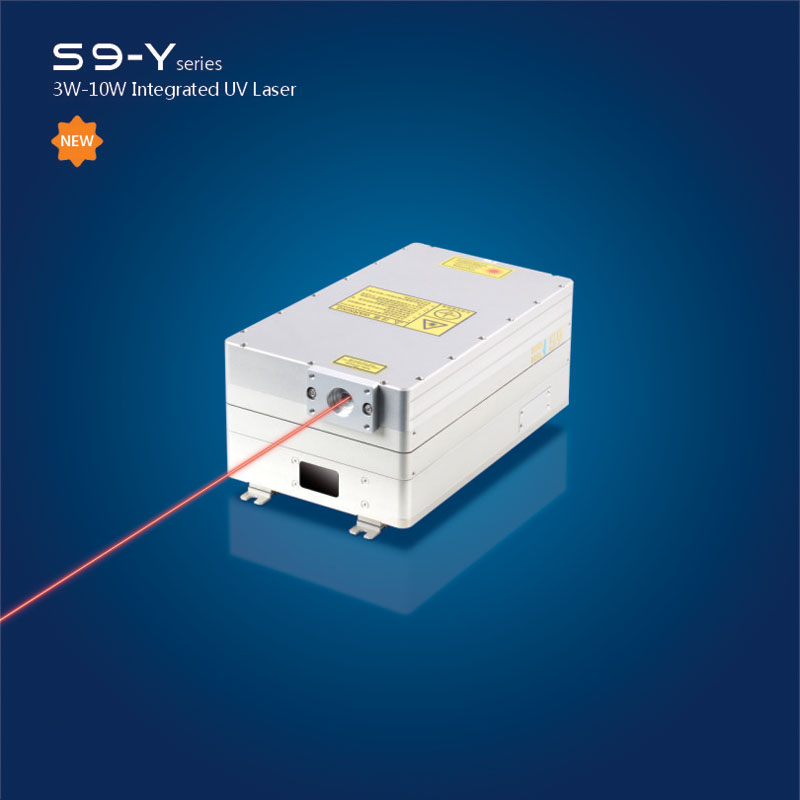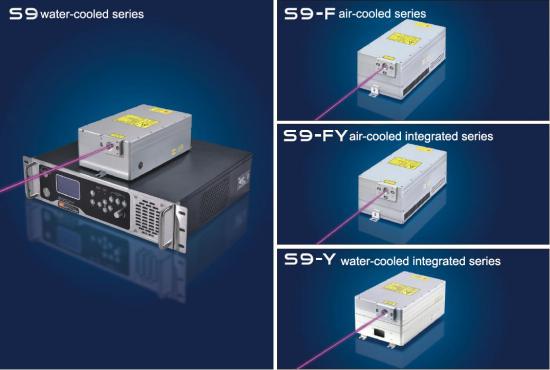
355-nm-Ultraviolettlaser zum Laserabisolieren der Drahtisolierung
Oct 26 , 2022355-nm-Ultraviolettlaser zum Laserabisolieren der Drahtisolierung
Das Laser-Drahtabisolieren ist eine wichtige Anwendung des 355-nm-UV-Lasers in der Materialbearbeitung. Es entfernt die äußere Isolierung von Drähten, Kabeln und anderen Drähten durch Bestrahlung mit hochenergetischen Strahlen. Es ist eine wiederholbare berührungslose Verarbeitung mit hoher Effizienz. , Der Peeling-Effekt ist gut und wird häufig in High-End-Verarbeitungsbereichen wie Luft- und Raumfahrt, Medizin und 3C-Elektronik eingesetzt.

Das traditionelle Abisolieren der Außenschicht von Drähten wird im Allgemeinen durch Abisolierzangen oder Klingen realisiert. Die Gesamteffizienz dieser Art von Verfahren ist gering, und das mechanische Verarbeitungsverfahren verursacht leicht Schäden am inneren Kern durch Schneiden und Ziehen, insbesondere bei Sonderdurchmessern. Noch weniger geeignet ist es für dünne Drähte, wie etwa das Abisolieren verwandter Produkte wie Herzrhythmus-Management und Radiofrequenzablation im medizinischen Bereich. Der Drahtdurchmesser ist klein und mit herkömmlichen Methoden schwer zu entfernen. Wenn der Draht chemisch abisoliert wird, kann der Draht auch leicht beschädigt werden. Darüber hinaus haben die in einigen Spezialgebieten verwendeten Drähte auch eine oder mehrere metallische Schirmschichten und nichtmetallische Schutzschichten im Isolationsmantel und -kern,
The 355 nm Ultraviolet Laser is very suitable for the fast removal of this material. It can achieve no ablation, high stripping consistency, even very thin wire cores will not be broken, and can ensure the appearance and quality of the wire inside, This is closely related to the characteristics of 355nm ultraviolet light.
"Cold" processing due to high single-photon energy. Since the outer insulating layers of the wires are mostly made of plastics such as polyvinyl chloride and polyethylene, the high single-photon energy of 355nm can easily break the molecular bonds of these materials and make them detached from the material itself. This process generates almost no heat, so It is called "cold" processing; the multi-layer material between the insulating skin and the wire core also has a high absorption rate of 355nm ultraviolet light, so a laser can achieve one-step multi-layer material peeling.
The pulse width of the 355 nm Ultraviolet Laser is only about 25ns. The advantage of the very narrow pulse width is that the laser heat will stop accumulating in the active area before it has time. The degree of thermal influence is low, and the damage to the wire core is minimized.
The efficiency of laser processing is unquestionable, and the high flexibility is unmatched by traditional wire stripping processes. By integrating into the production line and cooperating with automatic or semi-automatic process design, precise and flexible laser wire stripping can be performed.